INTRODUCTION
It would be a huge task (and way beyond my knowledge of the history and my competence to relate) for me to attempt to provide an adequate treatment of the vast range of events that occurred during the Cold War even if I confined the subject to matters that directly impacted Canada. I will say that in my opinion the primary THREAT to world peace and stability was from malevolent nations (such as the Soviet Union and its Warsaw Pact allies), combined with both sides having large numbers of nuclear weapons and the means to deliver them anywhere in on the globe at a moments notice. While characterized by many as a competition of ideologies (Capitalism vs Communism?; Totalitarianism vs Liberal Democracy?; Slavery vs Freedom?), in my opinion the driving force behind the Cold War was more about mother Russia attempting to keep (and even expand) its empire than simply a clash of systems. And (in my opinion) 30 years after the Cold War ‘ended’ the Russians are at it again! However now the presence of a strong and aggressive China complicates matters for them and the rest of the world.
Dr. Sean M. Maloney is a professor of history at the Royal Military College in Kingston, Ontario. He has written a variety of learned papers, articles and books on a wide range of military topics with a particular emphasis on matters pertaining to Canada. As you can see by referencing his website the Cold War and its relation to Canada is one of his primary areas of research. https://www.seanmmaloney.com/
As a good example of the sources readily available on-line, here is a link to a Wikipedia article, The Cold War which was recently sent to me by Mike Braham.
In the THREATS and RESPONSES part of this website I’ll simply present various diverse and interesting snippets of information (images, texts, videos, etc.) that I believe together will help set the scene for the more Canada Cold War relevant main themes of this site. This is intended to be background to presenting what Canada did by way of RESPONSES to the problem of how to protect its people, including from a military and civil defence pov . Marcus Tullius Cicero said “The safety of the people shall be the highest law” which is what should be in the minds of all officials and politicians responsible for civil emergency preparedness. Regretfully that is not always the case.
To get a sense of what nuclear weapons are and what they can do, this recent YouTube video on what has become of some of the test sites around the world is of interest. What Happened to the Nuclear Test Sites by Curious Droid….

“Nuclear testing ended over 20 years ago but the legacy of the test areas still remains and will do for hundreds or thousands of years. 8 countries have actively tested nuclear weapons, some in their own backyard if it was big enough like the Soviet Union and the US but they also used others peoples backyards in the Pacific, the British and French did this. But what happened to the test sites, in this video we look at the US and Soviet test programs and what became of them and the people nearby.”
Mike Braham’s “The Cold War” (Fact Sheet #2) written for the Canadian War Museum 22 Aug 2011 is a very worthwhile read.
Extract: “Although only a relatively short period in human history—approximately 45 years— the Cold War era was one of the most dynamic and eventful in human history. Wars were fought, empires collapsed, colonialism disappeared, Soviet-style communism rose and fell, and space exploration and competition flourished and culminated in the landing of man on the moon—all under the malignant threat of a nuclear conflagration that had the potential to end life on earth as we know it.”
Mike also suggests an interesting Wikipedia article on US nuclear testing – Operation Redwing which was a United States series of 17 nuclear test detonations from May to July 1956.

Notwithstanding the above,I have put together a short narrative entitled “The Cold War and the Iron Curtain” on the Cold War in an attempt to capture the feeling of the times. This piece was originally intended as the basis of an introductory video for visitors to the Diefenbunker tours of the Diefenbunker. There are many (some quite good) summaries of the Cold War and Canada on the internet such as this slide show:
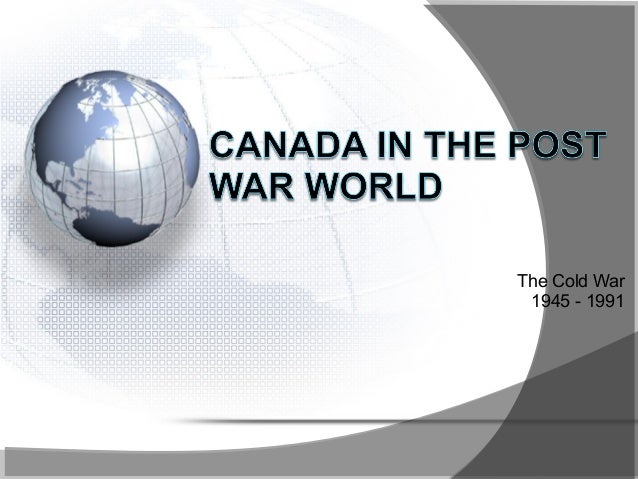
And this one! on Canada’s Cold War and the Effects on our Autonomy: Mr. Marshall’s Cold War powerpoint presentation by (presumably) a student somewhere.
Air Force Museum of Alberta
As well you may wish to visit the Air Force Museum of Alberta’s website precis of the Cold War at https://rcaf.museum/history/cold-war .
“What was the Cold War? The Cold War was a conflict between the Soviet Union and Western democracies that lasted for forty years after the end of the Second World War. In the late 1940s it became apparent that the oppression of people in Soviet-occupied Europe under communism was incompatible with Canadian values.”
….and then for some gallows humour there is the National Firm Board‘s “The Big Snit”.
Canada and the Early Cold War – a Dept of External Affairs publication – confusingly bilingual layout but interesting…
“This book,and the conference that gave rise to it,underline concretely the value that we attach to our past and the inspiration that we draw from it. Initially established in 1909 as little more than a mailbox for diplomatic correspondence,the Department of External Affairs quickly came to occupy a prominent place in the machinery of government in Canada. Between its creation and 1945, it played an important role in the country’s transformation from a small,colonial state on the periphery of world affairs into a confident middle power ready to shoulder its international responsibilities….”
Do Your Own Nuclear Bomb Damage and Fallout Assessment!…
…..Go to NUKEMAP and enter your city location, weapon size and other information to see where you stand (or fall!).
….And if you want to get an idea as to how radioactive fallout from a nuclear bomb detonation decreases (the technical term is ‘decays’) examine the following Exponential Radioactive Fallout Decay Curve. (It illustrates the “Rule of Sevens”. If one hour after a nudet the radioactivity level is 1000 Roentgens/hour, then seven hours later it will be 100R/hr, then seven times seven or 49 hours later it will be 10 R/hr. Then (7 x 7 x 7 =343 hrs or approximately two weeks after the nudet the radioactivity would be one thousandth of the initial level or in this case 1R/hr). That level is considered ‘safe’ and explains why the general assumption was that the shelter period would (should) have been two weeks)

Canada and the Cold War – A Power Point Production


RESPONSES
THREATS
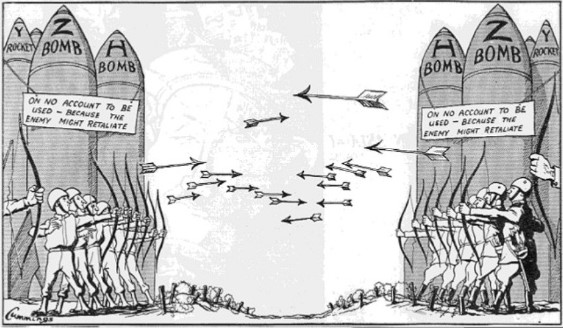
Bruce Beach has written an interesting document entitled “You Will Survive Doomsday” Click to view the full document.
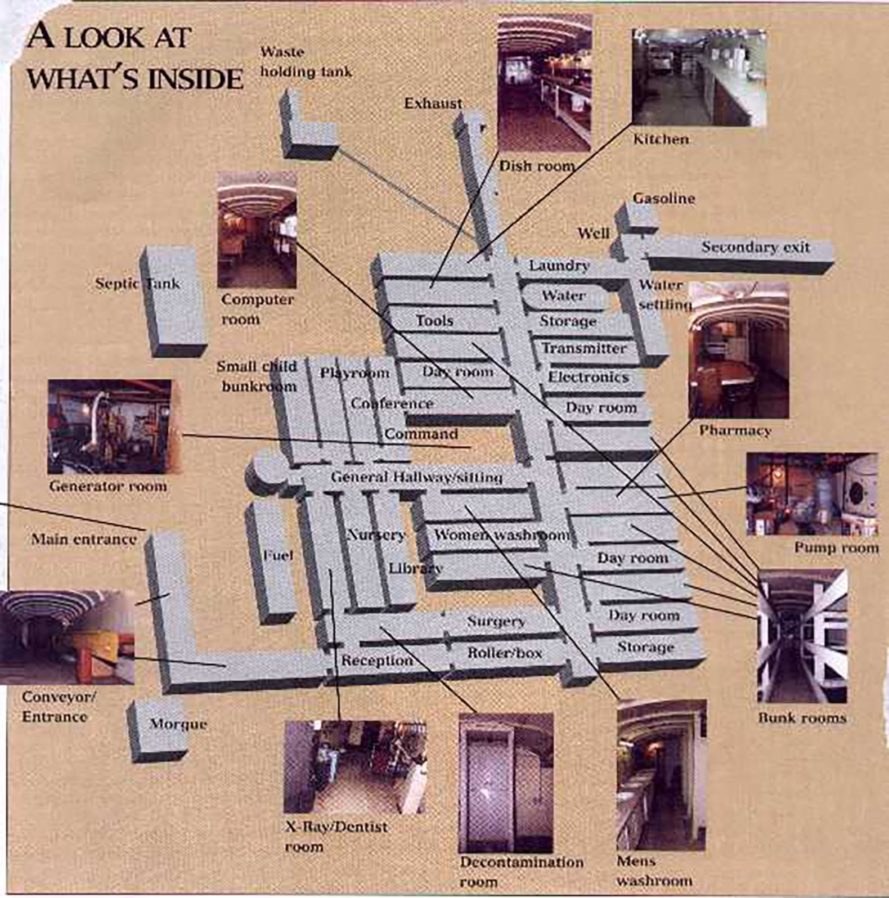
Webmaster Note; Exploring Ark Two Nuclear Shelter Bruce Beach | Ark Two Shelter | Buried School Busses In 1980 in Horning Mills, Ontario, Bruce Beach dug a giant hole on his property and built a 10,000 square foot nuclear shelter out of 42 school busses. Click above to see the 43 minute video exploration of this interesting nuclear war shelter and to learn about the man behind it. Dave ? of FREAKTOGRAPHY is the videographer/story teller and has done a good job covering the topic and giving respectful attention to Bruce, his project and his family. “You Will Survive Doomsday “ was written by Mr. Beach some decades ago.
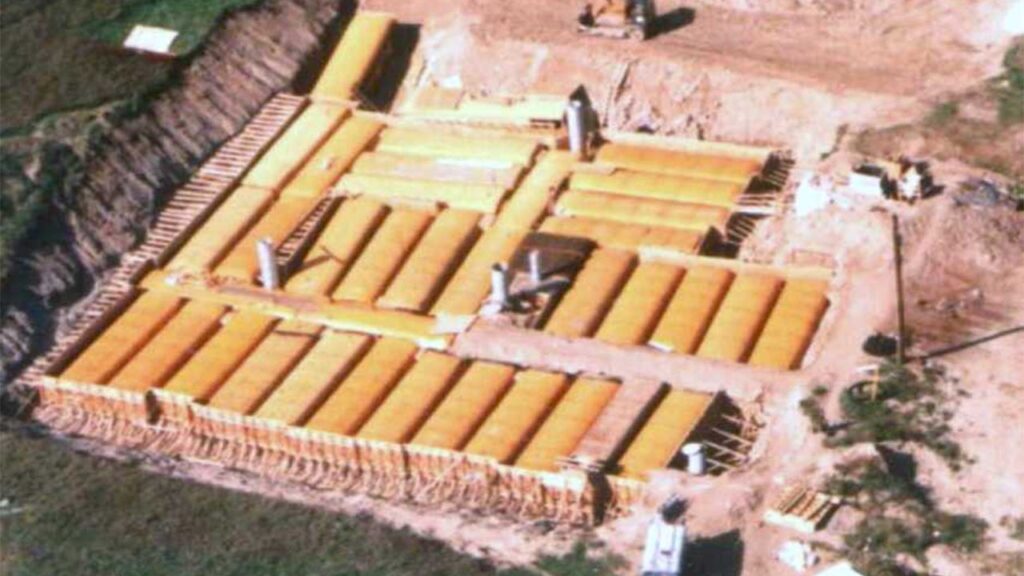
- Myth #01: Almost everyone will suddenly be killed on doomsday.
- Myth #02: Most people would be quickly killed by the bomb blasts, thermal radiation, or radioactivity.
- Myth #03: You can build an adequate shelter in your basement.
- Myth #04: You must filter the air coming into a shelter to remove the fallout.
- Myth #05: Water would become radioactive.
- Myth #06: There would be no dangerous radioactivity after a couple of weeks.
- Myth #07: Radiation sickness is not contagious so there is no danger in assisting those affected.
- Myth #08: Food exposed to radiation becomes radioactive and is therefore not edible.
- Myth #09: If you have a special radiation suit (like you see in the movies and on TV) you will be protected from the radiation.
- Myth #10: New crops of food grown in future years will not be radioactive.
- Myth #11: There is no such thing as a fallout pill.
- Myth #12: There is a fallout pill that will protect you from all radioactivity.
- Myth #13: There would be dangerous radioactivity for thousands of years.
- Myth #14: There would be no dangerous radioactivity after a couple of years.
- Myth #15: You are prepared if you have a two weeks emergency supply of food stored.
- Myth #16: You should be prepared to be self-sufficient and be able to survive on your own.
- Myth #17: Any survivors would have to live the rest of their lives underground.
- Myth #18: Life after doomsday won’t be worth living.
- Myth #19: You need not make any preparation because you are either going to die in the holocaust or be saved (religious connotation).
- Myth #20: The bombs today are so large and there are so many they will destroy the world.
- Myth #21: You will receive adequate warning from your government.
- Myth #22: You will receive no warning, and there is no hope if you do.
- Myth #23: One of the primary targets will be nuclear power plants.
In that document Bruce Beach examines twenty-three myths that are repeatedly heard (some much more often than others) and tries to dispel them. The Myth links below are not active. Click the title link “You Will Survive Doomsday” to see the complete detailed document.
Brief Chronology of the Cold War

1945- First atomic bomb test at Trinity, New Mexico on 16 July
1946- Churchill’s “an iron curtain has descended over Europe” speech to Winchester University in Fulton Mo. on 05 March)
1947- The Marshall Plan for European Reconstruction
– The Truman Doctrine
– Walter Lippmann (journalist) popularizes the term cold war
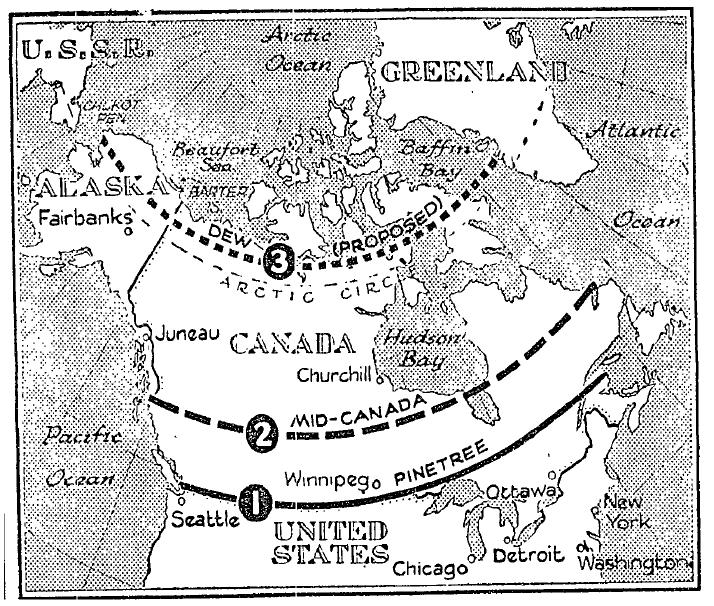
1948- Communist governments take power in Czechoslovakia, Poland and Hungary
– The Berlin Blockade
1949- The formation of the North Atlantic Treaty Organization (NATO)
– Chinese Communists proclaim Peoples Republic of China 01 October
– USSR explodes its first atomic bomb
– Germany officially divided into East and West 12 October
1950- The Korean War starts
-Communist China invades Tibet
-Start of “McCarthyism” in the U.S.

1952- USA test first H-bomb in South Pacific (10 megatons) 01 November
1953- The Death of Stalin 5 March
– Rosenbergs convicted of selling atomic secrets to the USSR and executed in the US 1 June 53
– The Korean War ends
1955- Creation of the Warsaw Pact Organization
1956- Revolts in Poland and Hungary
1957- Sputnik 1 launched
1959- Revolution in Cuba
- Construction of the Diefenbunker Starts (cost of physical facility is about
$20 M)
1960- J. F. Kennedy became President of USA
– Beginning of Sine-Soviet dissension
1961- The building of the Berlin Wall
-Project EASE (the Experimental Army Signals Establishment) underground nuclear shelter facility at Carp (and Richardson) commissioned
1962- Cuban Missile Crisis (August to October)
1963-1968 – Construction of Continuity of Government Facilities in six Provinces continues until the Program frozen by PM Trudeau in 1968
1963- US intervention in the Vietnam Conflict

1964 – USA’s President Kennedy assassinated
– USSR’s Premier Nikita Khrushchev deposed
1966 – US B-52 bomber crashes off Spain, H-bomb found in deep water after huge search.
1968- Trudeau’s Cabinet announces significant cutbacks of Cdn Civil Defence
programs (including the stoppage of all work on Government shelter facilities with) the proviso that the then current state of preparedness be maintained such that, given a few days notice all such programs could be “reactivated” quickly.

1968 – Soviets invade Czechoslovakia to suppress the “Prague Spring” -22 Aug
1969 – First manned lunar landing 21 July
1971- President Nixon visits Peking
1973- US withdrawal from Vietnam
– Détente between the USA and the USSR begins
1976- Death of Mao Tse-tung
1976- Russian invasion of Afghanistan
– Détente ends
1980- Death of Tito
– Martial law in Poland
-Election of President Reagan
– West led by US begins massive arms built in response to East/USSR doing same
-Solidarity trade union begins in Poland
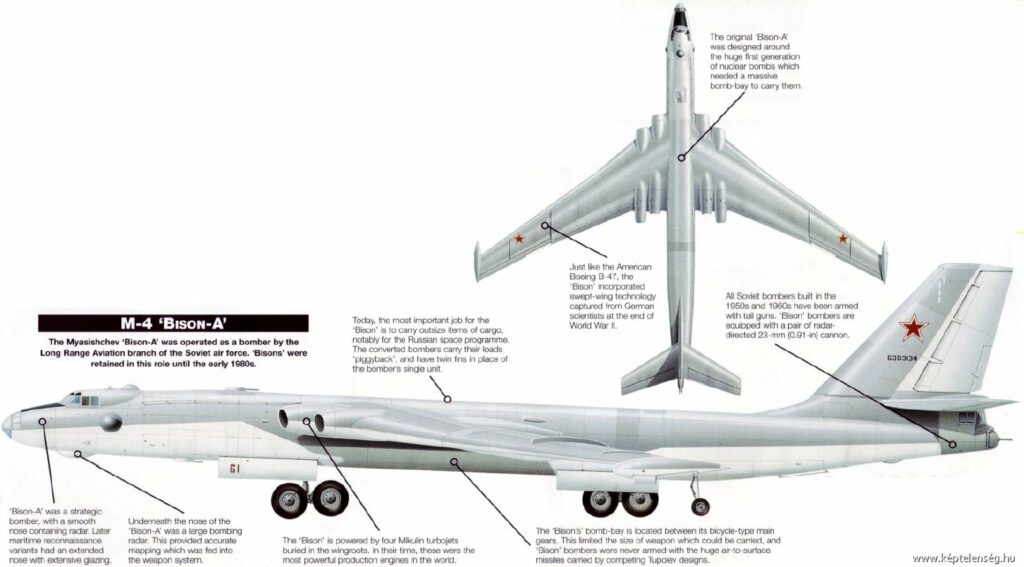
1982- Death of Brezhnev
1983- Korean Airlines jumbo jet shot down by USSR 01 September
1985 –Major upgrade of civil Continuity of Government facilities at CEGHQ
1985- Gorbachev elected Secretary General of the Communist Party of the USSR
1988- Nuclear disaster at Chernobyl
1987- Gorbachev calls for PERESTROIKA and GLASNOST
1989- fall of the Berlin wall (18 November)
– Gorbachev announces glasnost policy
1990- Reunification of Germany after resignation of the East German government
– Beginning of the end of cold war
– Opposition parties allowed in Hungary
Late ‘80s/early ‘90s
-superpowers agree to troop cutbacks in Europe
– Soviet troops withdrawn from Afghanistan
– Russia cooperates with US to lead coalition to defeat Iraq aggression
– Cold War ends as Eastern European nations elect non-communist governments
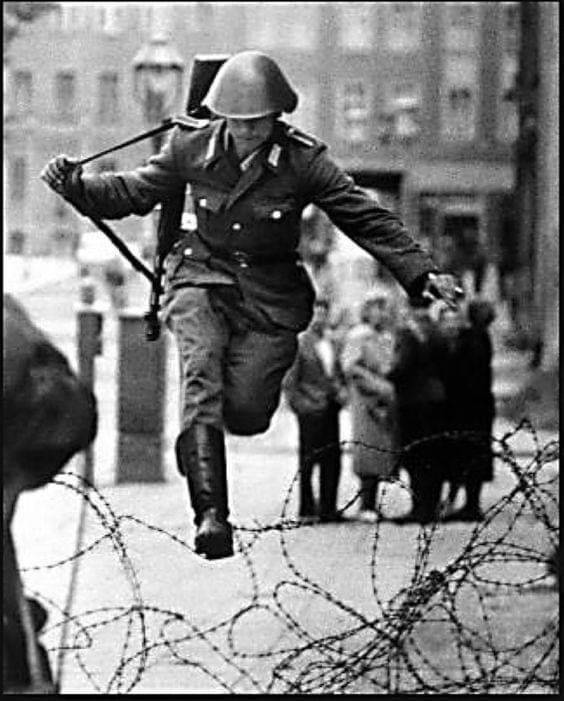
1991- Dissolution of the USSR, development of the Confederation of Independent states
– Dissolution of the Warsaw Pact
– Yeltsin takes power on the Russian political scene
1992– EPC’s Continuity of Government activities at Central Emergency Government Headquarters (Diefenbunker) cease
1993- Russians pull out of Lithuania
– START II nuclear arms limitation treaty signed by US President Bush in Moscow
1994- Russian army pulls out of Berlin
1994- CFS Carp officially decommissioned, facility stripped and “closed”
1995- West Carleton Township purchases “Diefenbunker” for $280,000
1998- Diefenbunker Development Group (an organization of about 50 volunteers) acquires the “bunker” with the aim of preserving it and turning it into Canada’s Cold War Museum). Heritage Canada declares the building and its associated grounds as a National Historic Site. The Museum opens for regular guided tours
‘This is a real emergency’:

Chilling artifacts from when Canada prepared for nuclear annihilation. This is a recent (2018) article from the National Post providing a glimpse of the rarely seen bunkers, air-raid sirens and government pamphlets from the hair-trigger madness of the Cold War.
Oak Ridge Associated Universities (ORAU)
Surprise wealth of information at this site, click above like to explore.
